PDF chapter test TRY NOW
We know the change in colour when soap reacts with the turmeric solution.
Now let's see what is neutralisation reaction?
A chemical reaction occurs when an acid and a base are combined. The process is referred to as neutralisation. Neutralisation is an exothermic reaction, which means that the reaction mixture heats up.
In neutralisation reaction, a new substance formed which is known as salt. The salt produced here can be either acidic, basic or neutral.
The reaction between the Hydrochloric acid and Sodium hydroxide gives Salt and Water as a product. It is one of the example for neutralisation reaction.
Example:
Let us now make our own rocket with vinegar and baking soda!
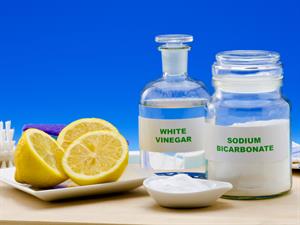
Step 1: Take a piece of paper and add some baking soda.
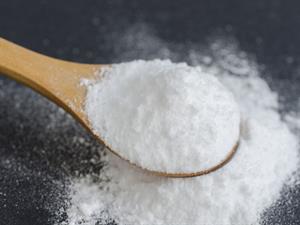
Step 2: Roll it up tightly and secure the ends.
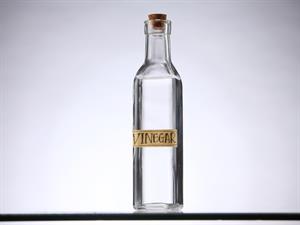
Step 3: Fill an empty bottle with vinegar.
Step 4: Place your baking soda paper roll in the bottle, cork it, shake it up, and drop it on the ground easily.
Step 5: See how far your rocket can fly!
Observation: Baking soda \(NaHCO_3\) is sodium bicarbonate, which has a sodium atom, a hydrogen atom, an oxygen atom, and a carbon atom in each molecule.
Vinegar contains acetic acid \(CH_3COOH\), which has a hydrogen atom and an acetate ion in each molecule.
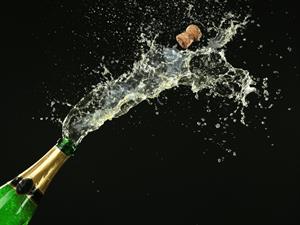
Result: When acetic acid \(CH_3COOH\) and baking soda \(NaHCO_3\) are combined, the hydrogen atom in the acetic acid joins the hydrogen and oxygen atoms in the baking soda to form a molecule of water, while the acetate ion binds to the sodium atom to form sodium acetate.
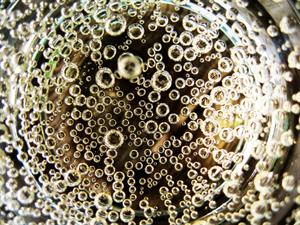
The carbon dioxide \(CO_2\) molecule is now free of all other chemical bonds and will escape as a gas.
